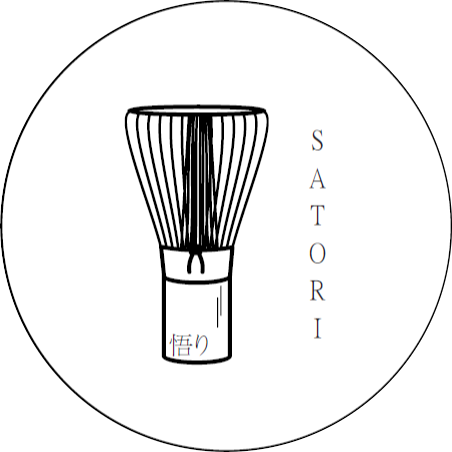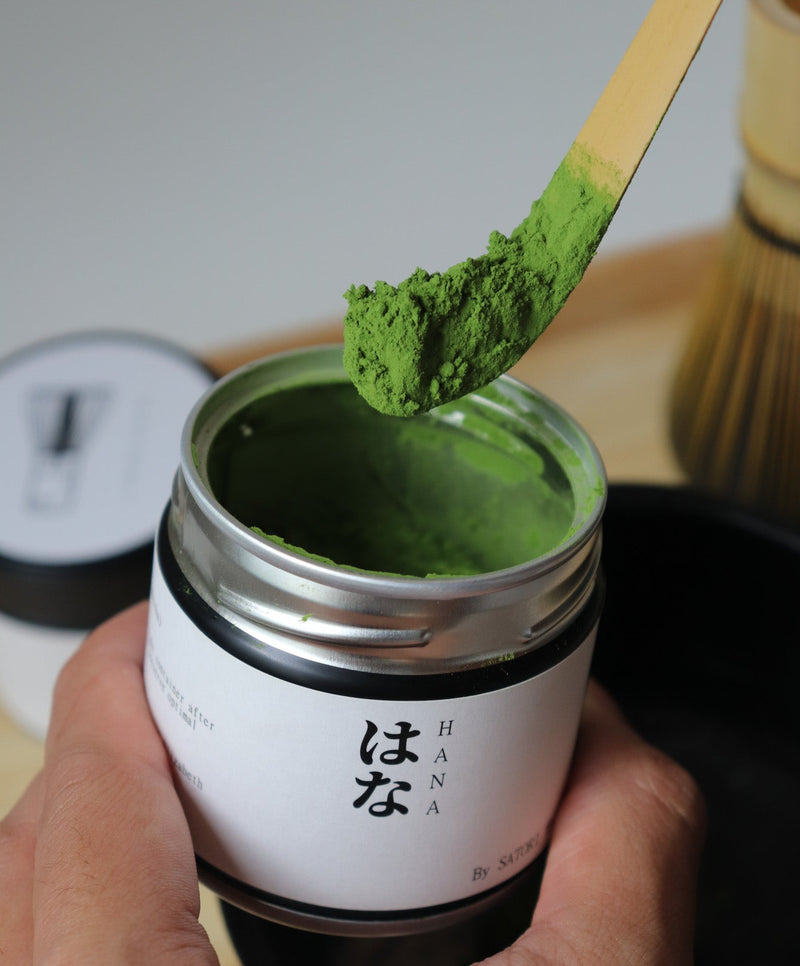It is a profound expression of harmony, respect, purity, and tranquility. Rooted in centuries of history, these ceremonies tell the story of tea's journey from a simple beverage to a revered cultural practice. Let us explore the rich heritage of matcha, its connection to spirituality, and why preserving its traditions is vital in our modern world.

The Origins of Matcha and Its Spiritual Roots
The story of matcha begins with kissa yojoki (The Book of Tea), written by Buddhist monk Eisai in 1211. This book introduced the medicinal and spiritual significance of tea to Japan, emphasizing its role in promoting physical health and mental clarity. Eisai brought powdered green tea, or matcha, from China, and it quickly became intertwined with Zen Buddhism.
For Zen monks, preparing and drinking matcha was not merely an act of consumption but a meditative practice. The process of whisking the tea, savoring its flavor, and appreciating its vibrant green color became a way to cultivate mindfulness and connect with the present moment. This practice laid the foundation for the Japanese tea ceremony, or chanoyu.

The Refinement of Chanoyu by Sen no Rikyū
The tea ceremony evolved into an art form during the 16th century under the guidance of tea master Sen no Rikyū. He established the principles of wabi-sabi, a philosophy that finds beauty in imperfection and simplicity. Rikyū's influence transformed chanoyu into a deeply spiritual and aesthetic experience, emphasizing humility, respect for nature, and the ephemeral beauty of each tea gathering.
Every element of the ceremony, from the tools used to the arrangement of the tea room, reflects these principles. The bamboo whisk (chasen), handcrafted with precision, and the ritualistic movements of preparing tea embody a harmony that transcends time.

The Role of Tencha: Cultivating Matcha’s Unique Flavor
The journey of matcha begins in the tea fields, where tencha leaves are cultivated. These tea plants are shade-grown for several weeks before harvest, a technique that enhances their chlorophyll content and produces the rich umami flavor unique to matcha. After harvesting, the leaves are steamed, dried, and ground into a fine powder using traditional granite mills.
This meticulous process ensures matcha retains its vibrant color, complex flavor profile, and health benefits, making it a tea unlike any other.

Matcha in the Modern World: Embracing Its Global Appeal
In recent years, matcha has gained international recognition, celebrated for its health benefits, versatility, and vibrant aesthetic. From lattes and desserts to skincare products, matcha has become a global phenomenon. However, amidst its popularity, it is essential to honor the traditions and cultural significance that have shaped matcha over centuries.
By learning about the history of tea ceremonies and the spiritual essence of matcha, we can deepen our appreciation for this remarkable tea. Each sip can be a reminder of the meticulous care, artistry, and philosophy that have brought matcha to our cups today.
Cherishing the Legacy of Matcha
Matcha is more than a trendy beverage; it is a symbol of mindfulness, respect, and connection to nature. By embracing the traditions of Japanese tea ceremonies and understanding their historical significance, we honor the legacy of those who refined this art form. Let us cherish matcha not only for its flavor but also for the rich cultural heritage it represents.
Whether you enjoy matcha as part of a daily ritual or a special occasion, remember that it carries a story—one steeped in history, spirituality, and an enduring respect for the beauty of simplicity.
Share your thoughts on matcha and globalization with us! We love to hear your thoughts!



1 comment
This is such an amazing and insightful take onto the history of matcha! It’s such an important issue and topic to share, thank you for shining light onto it!